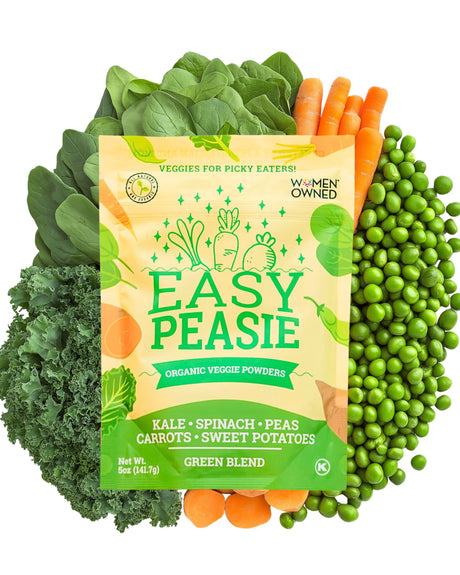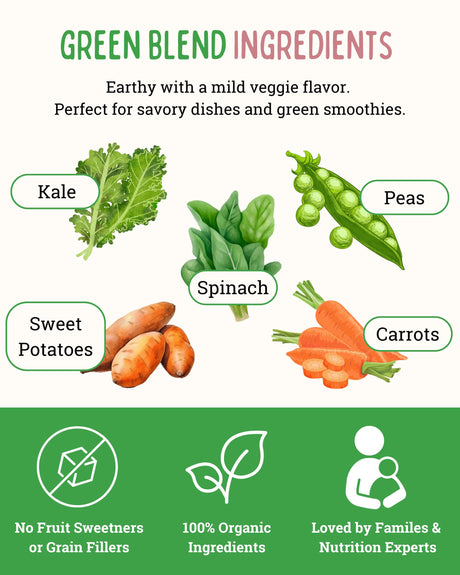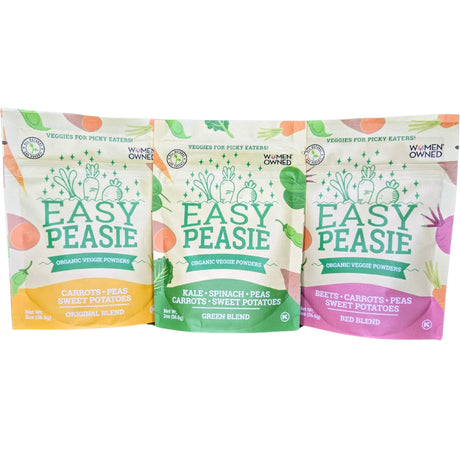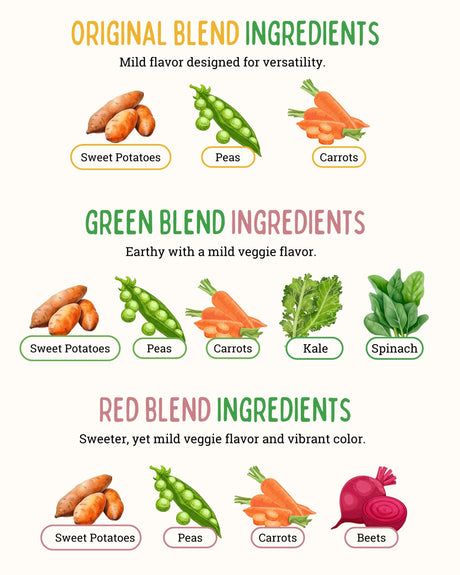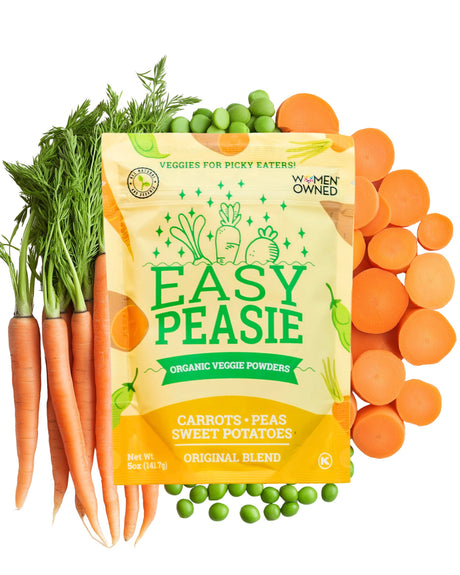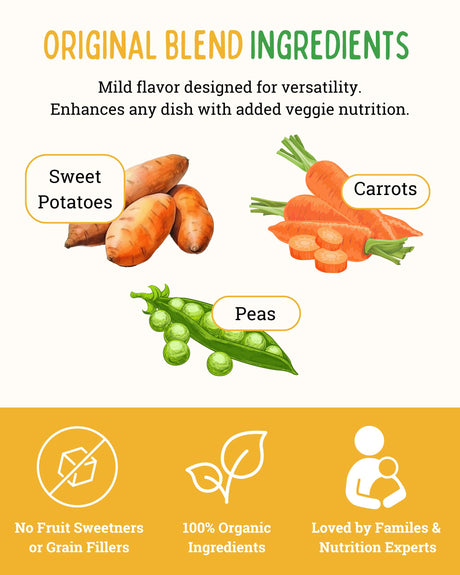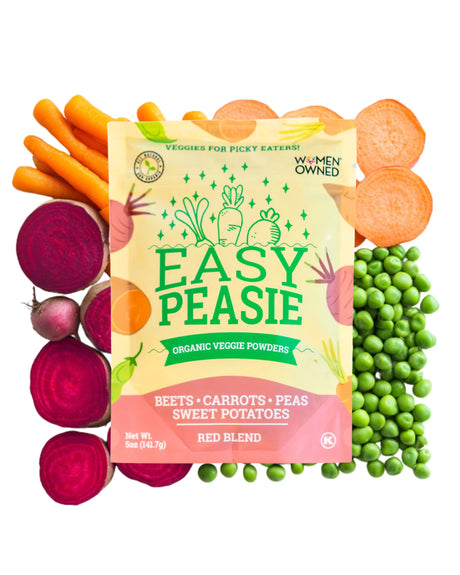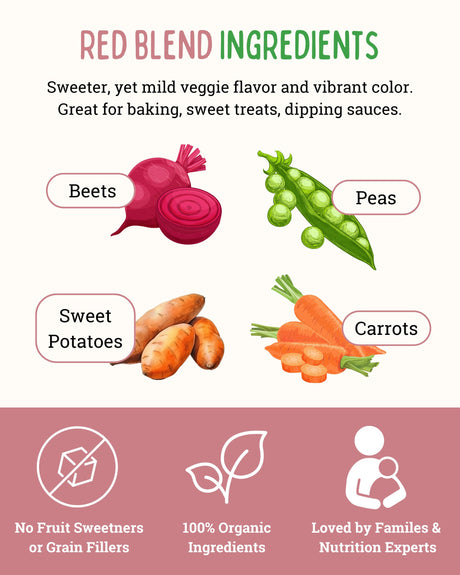Navigating the Picky Eater Puzzle
Welcome to the world of canine cuisine, where not all dogs rush to their bowls with tails wagging! If you’ve ever found yourself pleading with your pup to take a bite, you know the challenge of having a picky eater dog. Like toddlers at the dinner table, picky eater dogs have their own set of likes, dislikes, and dietary quirks that can make mealtime a negotiation.
But why is this such an important issue?
Understanding and addressing picky eating behaviors in our furry friends is crucial, not just for their enjoyment but for their health. Ensuring your dog is eating well helps maintain their energy levels, supports their immune system, and keeps their coat shiny and skin healthy.
So, let's dive into some wholesome tips and creative tricks to transform your picky pooch into an enthusiastic eater. This journey isn’t just about satisfying their taste buds—it’s about boosting their health and happiness.
Understanding Picky Eater Dogs
Why Some Dogs Are Picky Eaters
Just like people, dogs can be finicky with their food for a variety of reasons. Sometimes it's behavioral; they might hold out for treats if they’ve learned that doing so will yield tastier options. Other times, it might be physiological, such as decreased appetite due to age, dental issues that make chewing painful, or underlying health conditions. Understanding the root cause is the first step towards addressing the issue.
Picky Eater Similarities
The parallels between picky eater kids and picky eater dogs are quite striking. Both may refuse food due to texture or flavor dislikes, or as a display of seeking control or attention.
Additionally, just as children can be influenced by their environment and how mealtime is presented, so can dogs. The dynamics at feeding time—such as a calm versus chaotic atmosphere—can greatly affect their willingness to eat.
Identifying whether your dog’s picky habits are a temporary whim or a sign of a deeper issue can guide you in how to approach their dietary routine. By drawing on strategies used with children, such as creating positive mealtime routines and introducing new foods gradually, pet owners can apply similar tactics to encourage their dogs to eat healthier.
Assessing Dog Food Options
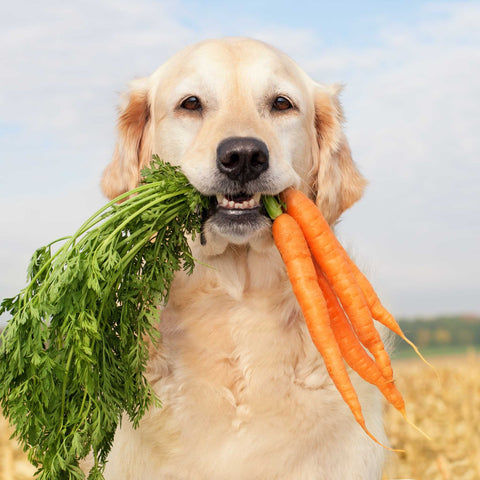
Choosing the Best Dog Food for Picky Eaters
Selecting the right food for a picky dog involves more than just opting for the most expensive or premium brand. It's about finding a balance between nutritional value and palatability.
Foods that are specifically formulated for picky eaters often include natural flavors and scents that are more likely to appeal to your dog’s senses. Look for foods that list real meat, poultry, or fish as the first ingredient, as these are not only healthier but also more appetizing to most dogs.
Tastiest Options on the Market
When it comes to the best tasting dog food for picky eaters, some brands have managed to create formulas that are both nutritious and delicious. Foods that blend crunchy kibble with soft, meaty pieces tend to be more appealing.
Companies often use real broth and slow-cooking methods to enhance flavor naturally, without resorting to artificial additives. Reading reviews and feedback from other dog owners can also provide insights into which foods have successfully won over other finicky pets.
By understanding the specific preferences and needs of your dog, you can better navigate the wide range of products available. The goal is to find dog food that not only satisfies their taste buds but also provides the necessary nutrients to keep them healthy and active.
Homemade Dog Food Solutions
Benefits of Homemade Meals for Picky Dogs
For the discerning canine palate, homemade dog food can be a game changer. When you prepare your dog’s meals at home, you have complete control over the ingredients, ensuring freshness and quality that can be more appealing to picky eaters.
This hands-on approach allows you to cater to specific dietary needs and preferences, potentially making mealtime more exciting and satisfying for your dog.
Nutritious Recipes to Entice Your Pup
Starting with simple recipes is key to winning over a picky eater. A basic yet tasty meal might include cooked lean meats like chicken or turkey, brown rice, and vegetables such as carrots and peas—all ingredients known for their palatability among dogs.
For a nutritional boost, adding a spoonful of pumpkin puree can aid in digestion and add a flavor most dogs love. Another great recipe is a mix of ground beef, sweet potatoes, and a dash of olive oil, which not only provides a good balance of protein and carbs but also includes fats that are good for your dog’s coat.
By incorporating homemade meals into your dog’s diet, you not only offer meals tailored to their taste but also contribute to their health and well-being. Simple adjustments to ingredients and the freshness of homemade meals can make a significant difference in how your dog responds at dinnertime.
Commercial Solutions: Food Toppers and Enhancers
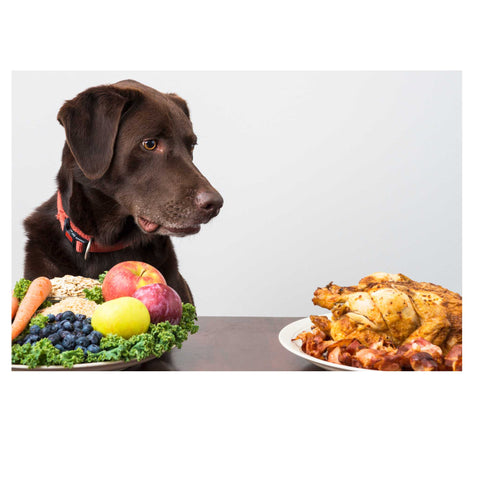
The Role of Dog Food Toppers
Dog food toppers for picky eaters can be a delightful surprise, turning an ordinary meal into a feast. These toppers come in various forms, such as gravies, semi-moist kibbles, or freeze-dried meats, which are designed to be sprinkled over or mixed into the main dog food.
They add a burst of flavor and texture that can entice even the most indifferent dogs, making their usual meals irresistible.
Enhancing Meals with Flavor and Aroma
The secret weapon of food toppers is their enhanced flavor and appealing aroma. Many are crafted to capture a dog's interest immediately, stimulating their appetite through scent and taste. Whether it's a rich, meaty gravy or a sprinkle of savory freeze-dried liver, these enhancers make the dining experience more enjoyable for picky eaters.
Additionally, they often contain added nutrients, such as omega fatty acids, probiotics, or extra fiber, which support a healthy diet while satisfying taste buds.
Introducing food toppers into your dog's diet can dramatically transform mealtime from a routine chore into an exciting event for your pet. These products are designed to not only please the palate but also to cater to nutritional needs, ensuring that your dog’s meals are as balanced as they are tasty.
Veggie Hack: Adding Nutrients to Dog Food
Incorporating Veggie Powders
Adding veggie powders to your dog's food is a simple and effective way to boost its nutritional content and enhance flavor. These powders can be sprinkled over dry kibble or mixed into wet food, offering a quick and easy solution to enrich your pet’s diet.
This simple modification to their diet can lead to improvements in their vitality and well-being, making it a worthwhile consideration for any pet parent looking to boost their dog’s intake of essential nutrients. Ideal for picky eaters, the subtle flavors introduced by veggie powders can make their meals more appealing without overwhelming them.
Benefits of Vegetables in a Dog’s Diet
Integrating vegetables into your dog's diet can improve their health. Vegetables are rich in vitamins, minerals, and fiber, which aid in digestion and can help maintain healthy weight.
The antioxidants found in many vegetables also support immune health and can contribute to a shiny, healthy coat.
Behavioral Strategies to Encourage Eating
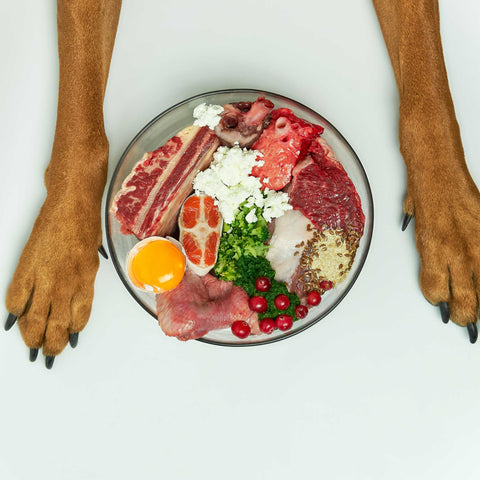
Encouraging Techniques for Picky Dogs
When it comes to feeding a picky dog, finding the right technique can make all the difference. One effective strategy is to offer small, frequent meals that are removed if not eaten within 20 minutes. This helps your dog learn that food is only available at certain times, increasing their likelihood of eating when food is offered.
Additionally, incorporating a little bit of warm water or a savory broth over dry food can enhance the meal's smell and palatability, enticing your picky eater.
Creating a Consistent Feeding Routine
Establishing a consistent feeding routine and environment is crucial for encouraging picky dogs to eat regularly. Always serve meals in the same place and at the same times each day to create a predictable pattern that your dog can depend on.
Ensure the feeding area is quiet and free from distractions, as a calm environment reduces anxiety and helps your dog focus on eating. Consistency not only aids digestion but also builds a routine that many dogs find comforting, making mealtime a much-anticipated event each day.
These behavioral strategies can significantly enhance the eating habits of a picky dog. By creating a stable and inviting dining experience and employing enticing techniques, you can help your dog look forward to meals, ensuring they receive the nutrition they need for a healthy, happy life.
Special Considerations for Picky Eater Dogs
Knowing When to Consult a Veterinarian
Sometimes, pickiness in dogs can signal underlying health issues that need professional attention. If your dog's eating habits suddenly change, if they lose weight, or show signs of discomfort after eating, it's time to consult your vet. Persistent pickiness accompanied by other symptoms like lethargy, diarrhea, or vomiting should never be ignored, as these could be signs of digestive problems, dental issues, or other serious health concerns.
Adjustments for Older Dogs and Specific Health Conditions
Older dogs, or those with specific health conditions such as diabetes or kidney disease, may require special dietary adjustments. For senior dogs, it's essential to focus on highly palatable and easily digestible foods that cater to their slower metabolism and possibly impaired sense of smell and taste.
Dogs with health conditions may benefit from prescribed diets that support their specific medical needs. Always discuss with your veterinarian the best approach for integrating any new food, including how to transition to new diets gently and safely.
Catering to the unique needs of older or health-compromised dogs ensures they continue to enjoy their meals while receiving the necessary nutrients to support their health conditions. Regular veterinary consultations are crucial to managing their diets effectively and keeping your furry friends happy and healthy in their later years or throughout any medical treatments.
Wrapping Up: Navigating Picky Eating in Dogs
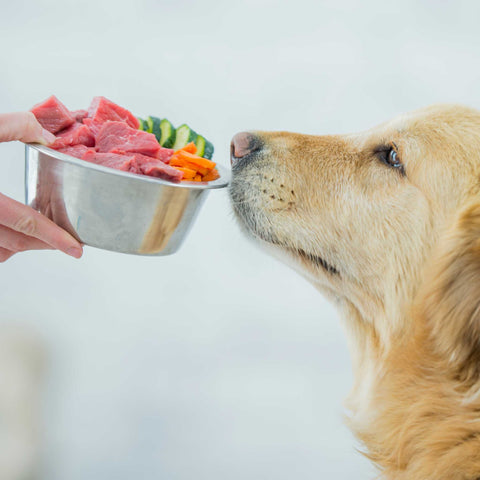
Picky eating in dogs isn't just a mealtime nuisance; it can be a hurdle to ensuring that your furry friend gets the necessary nutrition for a healthy, active life. From understanding why your dog may be snubbing their food to exploring various dietary options and behavioral techniques, this guide has walked you through a comprehensive approach to address the fussy eating habits of your canine companion.
Whether it's integrating enticing homemade meals, experimenting with flavorful food toppers, or adding nutrient-rich veggie powders, the key is to try different strategies to discover what delights your dog's palate. Remember, each dog is unique, and their preferences can change over time or with changes in health.
We encourage you to keep a close eye on your pet's eating habits and health, consult with veterinarians when necessary, and remain patient and persistent in finding the food combinations that work best. With a little creativity and lots of love, mealtime can become a joyful experience for both you and your dog. Here's to happier, healthier dining for your discerning dog!
Join the Conversation: Share Your Picky Eater Solutions
Got a trick up your sleeve for tempting a picky dog? We'd love to hear how you've turned mealtime into a treat for your fussy four-legged friend. Share your stories and tips in the comments below, and let's help each other discover new ways to satisfy our discerning pups.
If you found this guide helpful, why not spread the love? Share this article with other dog owners who might be struggling to get their picky eaters to chow down. Together, we can make every dog's mealtime a happy, healthy adventure!
Leave your comments below; we love to hear from you! And don't forget to follow Easy Peasie for more veggie info and convo on YouTube, Facebook, and Instagram! ~ThePeas


